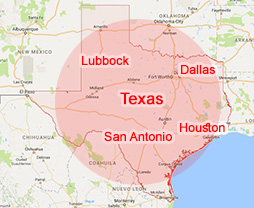Blood Draw Procedures 7th of 13
Obviously proper labeling is important, proper inversion shaking too hard can cause hemolysis. You need to immediately mix them because blood can start clotting right away if you set them down on the table and you leave them for a couple of minutes while you’re finishing the blood draw, clotting can already occur so it’s a good idea for them to be inverted once you know as soon as possible. Here’s a good example of good labeling, you see a lot of information on there. Here’s an example of bad labeling because there’s nothing on there. We went to try one case like this and I think we got not guilty but the jury had a real problem that the labels weren’t vials I mean the vials weren’t labeled and they sat at the lab for about a year where they can do DNA testing and said would you ever do anything to prove that that blood was from this person and they said the answer’s what did it said we’re not concerned with that, we just test what we receive.
Well the jury was kind of concerned with that. But it’s hard to prove you know if a person’s blood if you don’t have any markings any markings on it at all and this is she did what respect of to that set of vials saying blood tube not labeled sometimes you’ll see that so Texas transportation Code 724017 still is relevant has to be proved out of the opinion that it’s got to be proved in a consent and a warrant situation and its interesting because 724015 is where DIC24 languages and it says the language “if you refuse to consent, the officer can apply for a warrant” well then there’s 724016 and then the very next provision 724017, which states that it has to be by qualified person and a insanitary place. So it makes sense that the intent was if it’s two sections after the officer can apply for a warrant, then why is it not relevant in a warrant situation.






